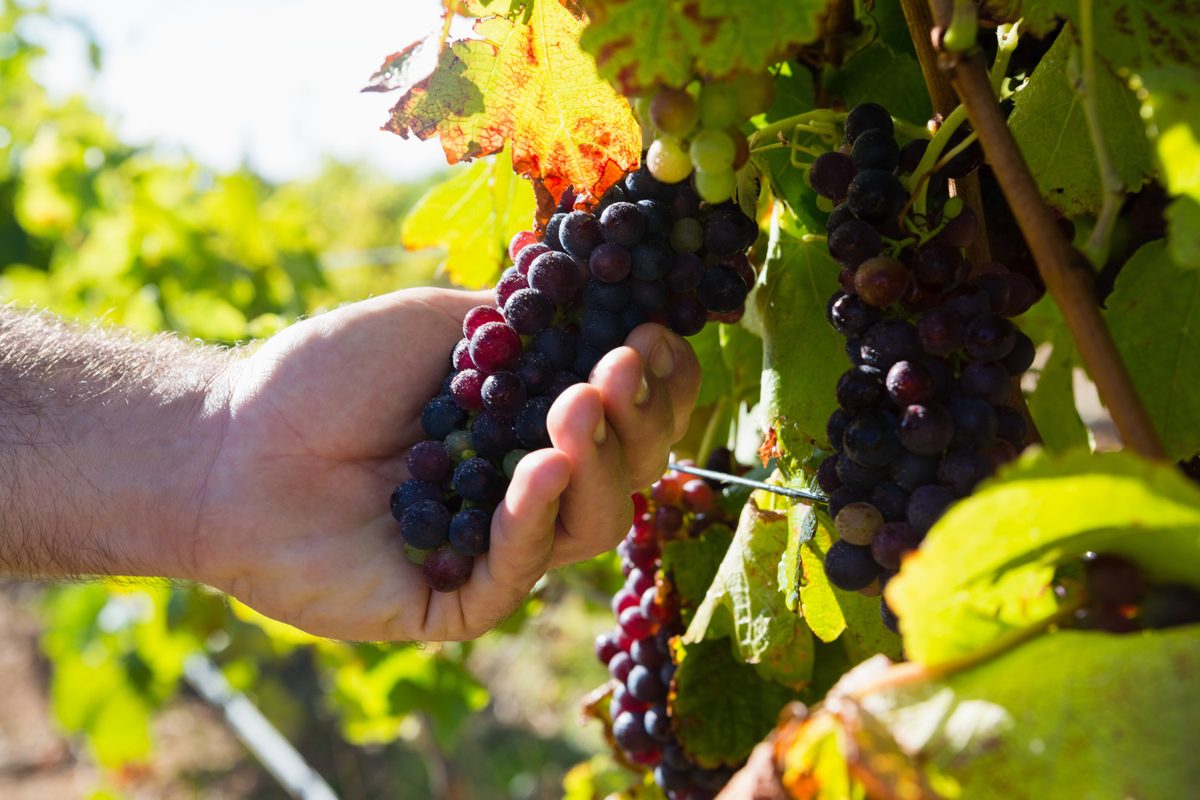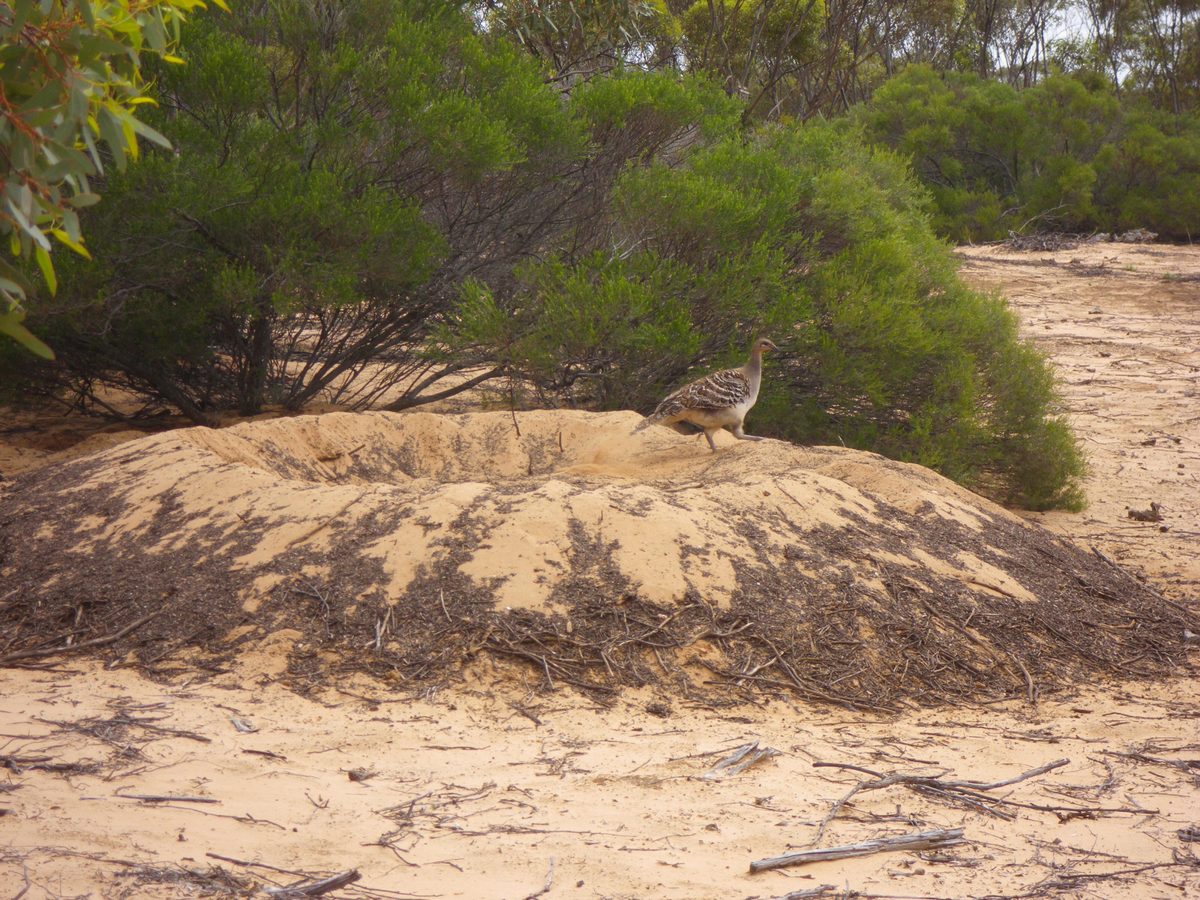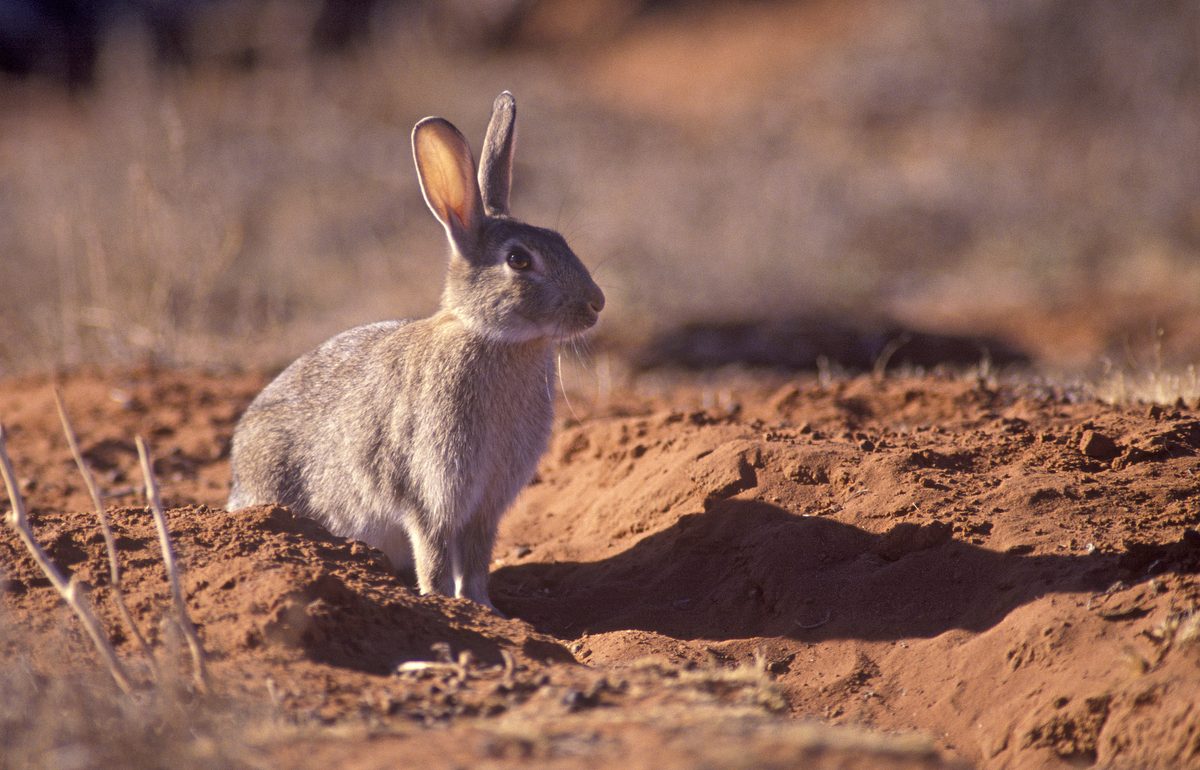Not all wetlands look the same
Most people probably have a picture in their mind of what a wetlands looks like - a beautiful lagoon surrounded by old drooping gum trees, spotted with ducks and swans and pelicans coming in to land on the mirror-like water. Sure, some of the wetlands along the River Murray look just like that, but many look quite different.
Posted 26 October 2020.
Most people probably have a picture in their mind of what a wetlands looks like - a beautiful lagoon surrounded by old drooping gum trees, spotted with ducks and swans and pelicans coming in to land on the mirror-like water.
Sure, some of the wetlands along the River Murray look just like that, but many look quite different.
Murraylands and Riverland Landscape Board Wetlands Team Leader Darren Willis said the landscape board have been involved in the management of the region’s wetlands for over two decades, with more than 250 wetland complexes along the South Australian River Murray.
“Through its Wetlands Program the landscape board is involved in one way or another in more than 50 managed wetlands along the river,” Mr Willis said.
“The nature of these wetlands varies dramatically, from the large wetland complexes in the Riverland and the Coorong and Lower Lakes Ramsar sites, to the many small but uniquely valuable wetlands along the length of the river in between.
“They include; deep permanent or semi-permanent basins, broad shallow open water, anabranch creeks, mud flats, and wet sedgelands, each providing habitat and resources for particular species or groups of plants and animals.
“The wide expanse of mud flats that occur as a large shallow wetland goes through a drying phase, is important to many species of birds, as the deeper permanent billabongs are to others.
“Fast flowing anabranch creek systems are as critical for some larger fish species as the gently flowing small channels and still backwaters are for other smaller native fish,” Mr Willis said.
Throughout the year the Murraylands and Riverland Landscape Board’s wetland ecologists work across this varied landscape, following the evolving patterns of river flows, wetland birds, fish, frogs and plants.
The wetlands team works with landholders, traditional owners and other agencies and organisations to plan, coordinate and manage the cycles of watering and drying that sustain our valuable wetland sites.
The critical water for this ongoing effort is provided by the Commonwealth Environmental Water Holder and the planning and implementation are supported by the Murraylands and Riverland Landscape Board through funding from the Australian Government's National Landcare Program and the landscape levies.


